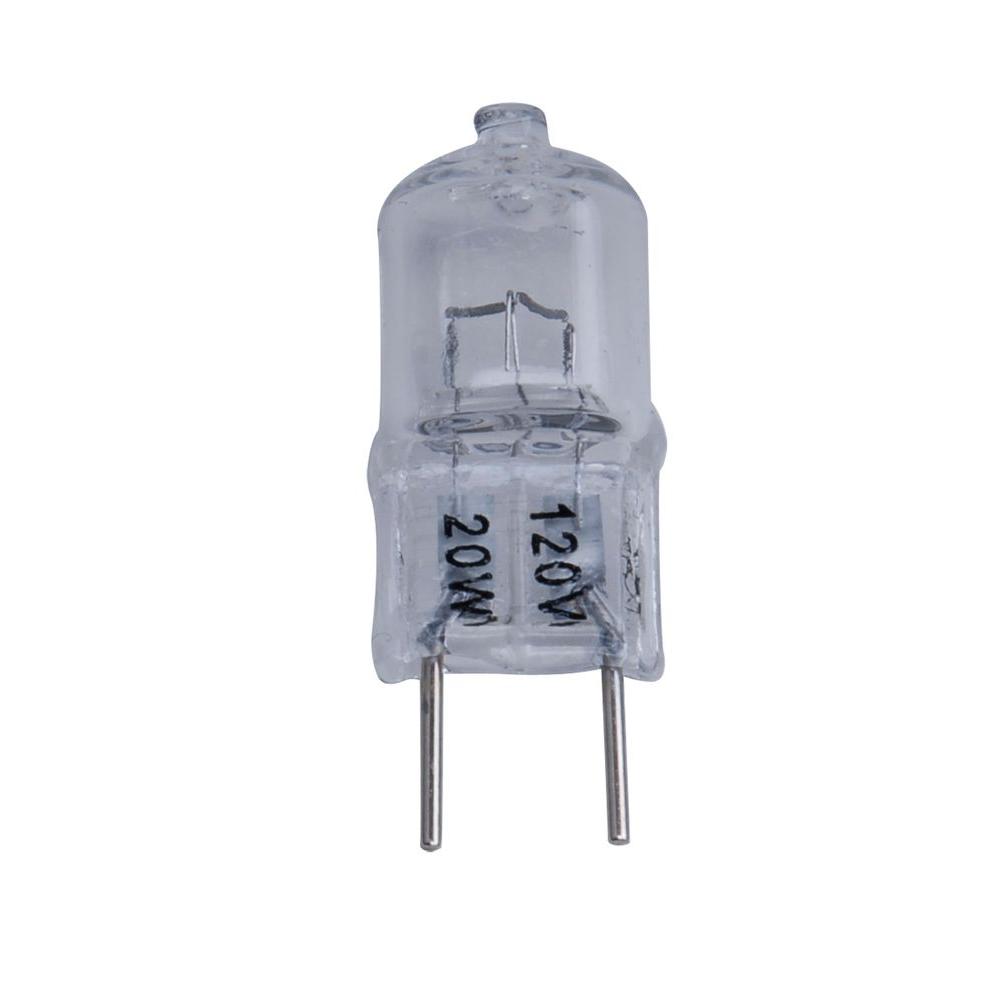

This type of bulb does last longer than incandescent and provides more light. However, there are different temperature colors you can buy, such as warm, cool, and specialty color fluorescents. This is because the typical fluorescent has a cold and flat light that is similar to a harsh daylight tone. However, while there are many benefits, there are drawbacks worth mentioning, including directional light not being ideal for whole-room illumination or ambient lighting.įluorescent light bulbs are best suited for ceiling lights in large spaces, such as basements, attics, office buildings, warehouses, garages, and work sheds. There are benefits for using LEDs in under-cabinet lighting, such as casting directional light as opposed to diffused light, which is ideal for under-counter lighting.

LEDs are extraordinarily energy-efficient and last a very long time in comparison with other bulb types.

LED, or Light-Emitting Diode, is a type of bulb you may be more familiar with due to its popularity in modern electronics and lighting fixtures. Incandescent bulbs are also easy to use with dimming hardware and the light cast from this bulb is very appealing to most homeowners. While not as energy efficient as LED bulbs, they are very versatile to use in many types of lighting, including many under-cabinet lighting systems. Incandescent light bulbs are the most common light bulbs in use because they're inexpensive and feature a warm temperature color.


 0 kommentar(er)
0 kommentar(er)
